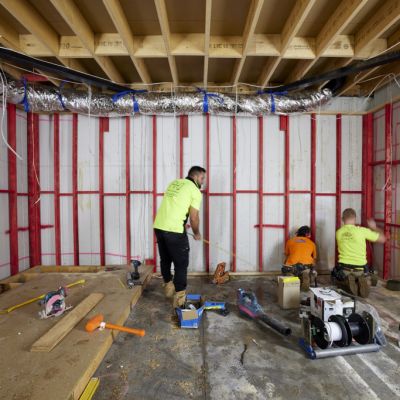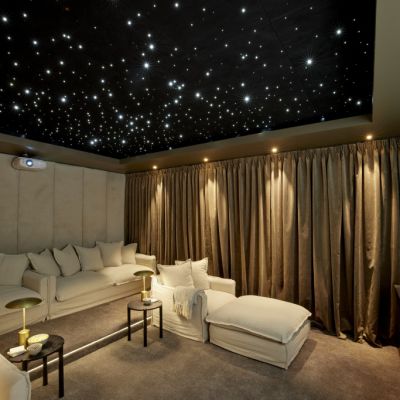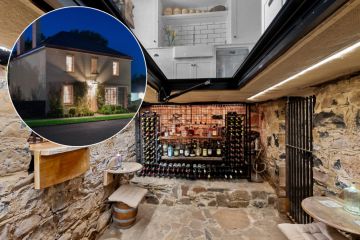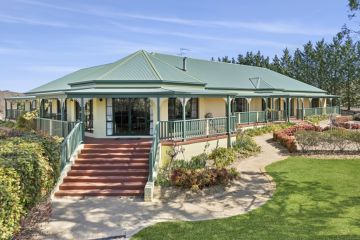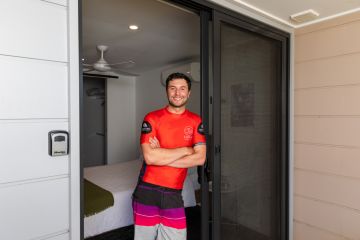The Block 2021: How to cellar wine like a pro
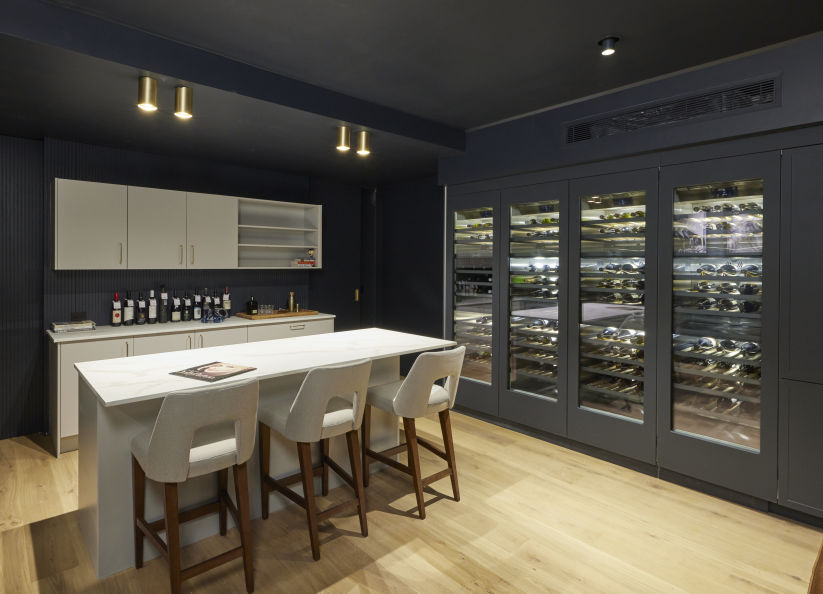
Are you left with a serious hankering to create your own wine cellar after seeing what the Blockheads have planned this week?
Whether you have room in your basement, a nook under the stairs, a spot in your built-in robe or simply a niche in a spare room, we have the essential tips to consider when setting up storage for your wine.
“If you enjoy wine, it’s really fun to curate your own collection. Tucking a few away in your own cellar (however big) is a sure-fire way to ensure you always have a delicious bottle to hand when you need it,” explains Naked Wines Australia’s Head of Wine, Johan Axlund.
First, get the temperature right
“If you can’t nail anything else about wine storage, making sure the temperature is correct is essential ,” says Johan. Wines hate being too hot or too cold — and you don’t want your wines expanding and contracting. Nearly everyone keeps their wine in the kitchen, which is usually the one room in the entire house that has a constantly changing temperature.
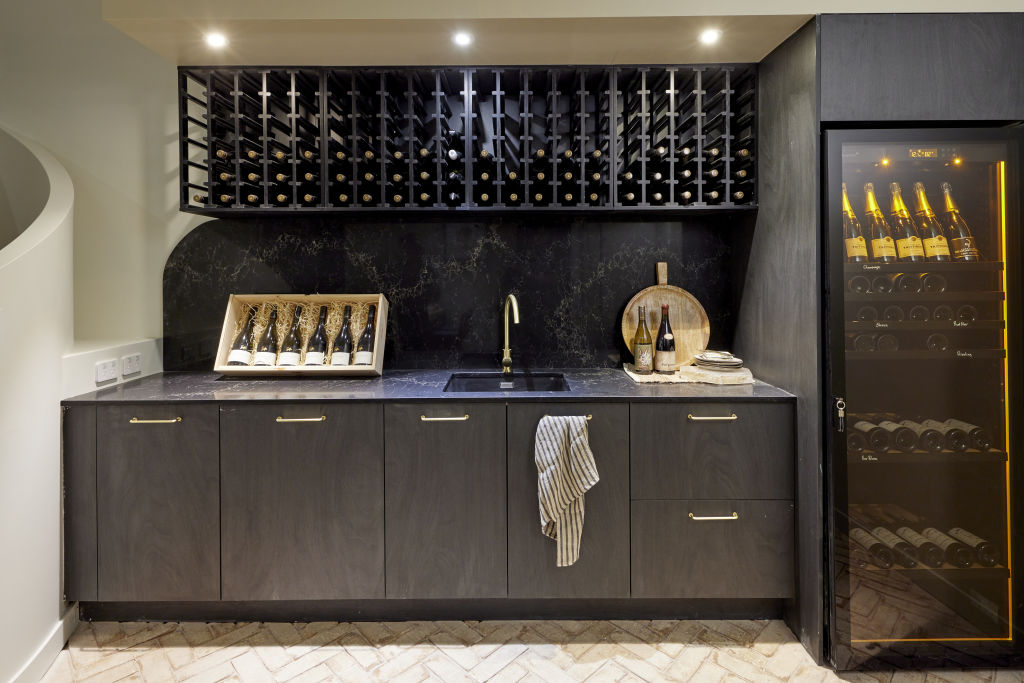
The ideal temperature should be constant, at around 12 to 16 degrees Celsius all year round. Even shifts of a few degrees can mess with the quality of the wine. This is why the Blockheads like Ronnie and Georgia have dug down deep into their cellars to create a cool zone.
-
The Block 2021 listings are live. See them here.
Make sure your cellar space isn’t humid
Much like fluctuating temperature, humidity affects the wine’s quality — even more so if it’s a wine with a cork. A humid space can lead to the cork drying out and causing air to infiltrate the wine. A damp space can lead to mould becoming an issue. “Screw top wines have allowed a bit of wiggle room here,” says Johan. “But it’s still best to be kind to your decent drops.”
Make sure you’re choosing the right wine
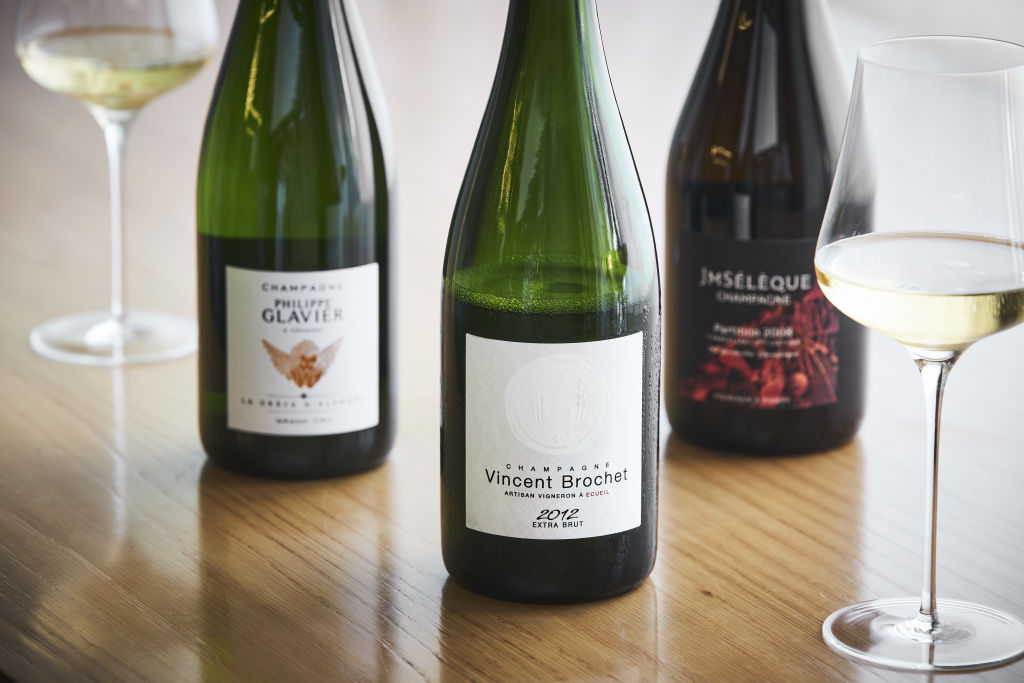
It may be surprising to learn not all wine can be cellared. “If in doubt, grab yourself a red wine, as nearly all benefit from some cellaring time, where the flavours can smooth out. Some types of white wine like Riesling, Semillon and Chardonnay are typically created to have some time “in the bottle”, where they will develop more complex flavours,” shares Johan.
Protect wine from light and vibration
Light will alter the temperature of wine and potentially damage its taste and ageing process, which is why it is not a friend of cellaring. Vibration, even slight, can stir up a resting wine and cause an imbalance. It also causes sediment to move about in the bottle, damaging the integrity of the wine.
Consider where you have speakers against an adjoining wall, or even a cellar’s ceiling with a busy thoroughfare above it. Don’t have your home gym set up right next to the cellar, or your washing machine nearby, for example.
Choose the right type of refrigeration
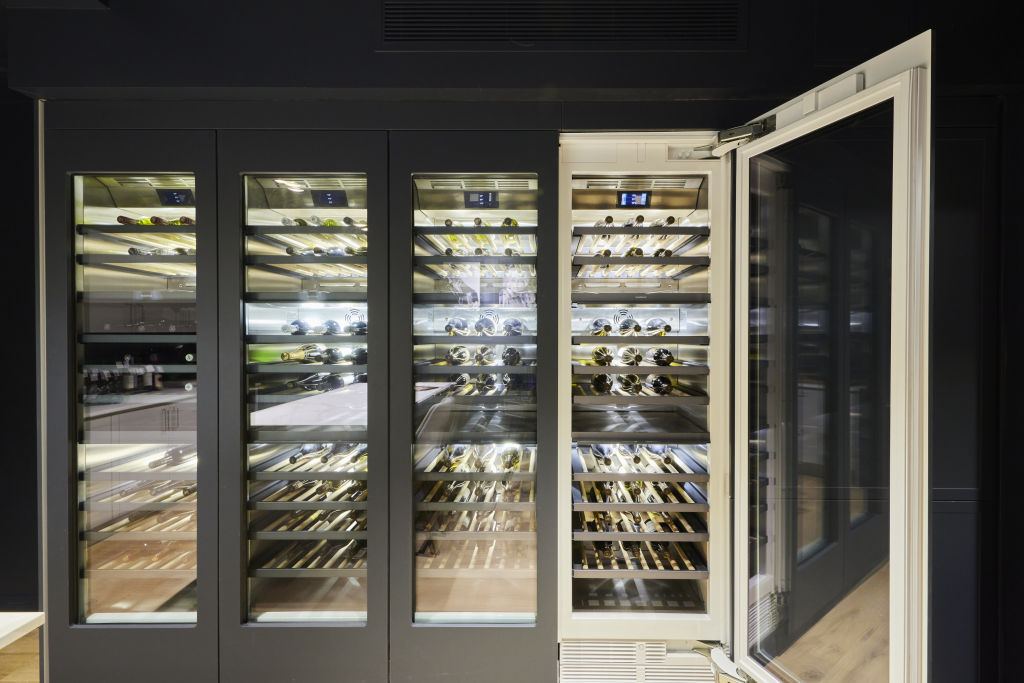
We’d all enjoy the problem of having an enormous Gaggenau wine fridge that’s too large to even put in your own home cellar (we’re looking enviously at you, Kirsty and Jesse). If your budget isn’t quite so luxe, it’s worth noting you can’t repurpose any ordinary domestic fridge for wine storage (even a bar fridge!). They are designed to keep food chilled and moist, where a wine fridge maintains a perfect temperature and ideal humidity.
Don’t move it around too much
Historically, wines had to “lie down” horizontally to keep the cork consistently moist. That doesn’t apply so much with screw tops, but in fact, storing wines is easier when they are flat as you can stack them more easily. It also means the sediment in the wine won’t all sit at the bottom.
Imagine you are tucking your wines in for the winter, and where you lay them down, let them rest soundly until it’s time to wake them up for their time to shine! Moving wines around will unsettle the contents, so slow and gradual movements are preferable.
Don’t have a basement?
Most of us likely won’t have a basement we can dedicate entirely to wine. Find a temperature controlled, dark nook and transform it into a mini cellar with the simple addition of a basic wine cabinet and a thermo-controlled wine fridge. You don’t have to do anything enormous to make a space that will serve you and your wines well.
This article was originally published by Nine.com.au. Reproduced with permission.
We thought you might like
States
Capital Cities
Capital Cities - Rentals
Popular Areas
Allhomes
More

